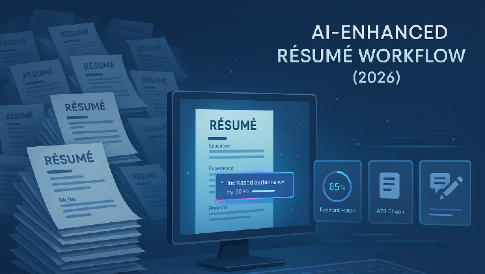5 Ways to Make Sure Your Small Business Customers Get Their Orders On Time
Your business’s reputation reflects how you interact with customers and influences further development and growth. That’s why it’s essential to identify and improve all the business processes that can impact your customers’ satisfaction. Let’s take deliveries as an example. Fast and reliable delivery is a sure way to keep your customers returning for more. And, if you make the right choices, it won’t even be that expensive. Here are a few tips on how to make sure your customers will receive their orders on time and avoid any dissatisfaction along the way:
1. Work with a Reliable Partner
Last-mile delivery is a lucrative industry with plenty of room for startups and small businesses. Therefore, chances are you’ll find several possible business partners in your area willing to take on a new customer. However, if you decide to outsource the process, you must know how to select your provider. Make sure they can take on the tasks and that they can deliver top quality. This includes interacting with the final customer since negative behavior will reflect back on you.
2. Use High-Quality Delivery Software to Optimize Routes
If you plan on handling your deliveries (which is the case for many small businesses), use a software tool that automates the process and cuts down the time spent with route planning.
The best delivery app available on PlayStore or software will adapt to your business’s needs by optimizing the routes your drivers should take to reduce delivery time and fuel consumption and help increase customer satisfaction. Plus, it has to be scalable (for future developments), and the cost must fit your budget.
3. Automate the Entire Process
In a fast-paced world where the on-demand economy runs the show, businesses must adapt their processes and reduce lag or bottlenecks. One way to do so is with automation, but you need a system that’s deeply immersed into your business’s core and can securely access any data and product it needs. So, it’s not just about using high-quality delivery software to optimize routes. It’s also about giving up on manual data entry, ensuring all your third-party systems communicate, keeping track of your inventory in real-time, and employing efficient tools like a vehicle pre-trip inspection form template for streamlined and automated fleet management.
In the case of deliveries, it helps if your ordering system communicates with the inventory management system, the accountancy program, and the delivery software (among others). This way, there’s no need to hire extra people for data entry and processing – everything happens in the background, and you don’t have to worry about mistakes.
4. Have a Strict Shipping Policy
Your shipping policy will differ depending on the type of business you run, but it’s always a good practice to allow yourself a buffer (in shipping times) in case something goes wrong and you can’t respect a tight deadline. This way, your customers won’t perceive a delivery as being late even if you don’t manage to deliver according to your schedule.
However, you don’t want to have too big of a buffer, especially if competitors offer same-day or second-day delivery. A good rule of thumb is to ship orders as soon as possible. That’s why it’s essential to have a well-designed and strict policy when it comes to preparing the products and order of delivery.
It also helps to learn how to develop policies that benefit both the company and the employees. This way, it’s easier to keep things in balance and ensure everyone involved in the process is satisfied.
5. Add a Personal Touch
Personal touches go a long way in e-commerce because customers no longer have that initial in-person interaction with the brand and its products. Plus, it’s a great way to stand out from the crowd. Personal touches can vary and should be representative of your brand, but a few ideas include:
- Personalized messages for every step in the shipping process (“Your package just left our warehouse and is on its way to you”);
- A handwritten thank you note is included in the package;
- Special packaging and/or wrapping for loyal customers or special occasions;
- Honest updates in case something goes wrong and the delivery is delayed.
Most customers can (and will) understand occasional mistakes, but they will be even more forgiving with a brand they like and know appreciates their loyalty. So, even though personalization does not influence on-time delivery, it is a great way to increase your brand awareness and get some leeway if something goes wrong.
What to Do for Small Business Customers to Get Orders in Time – Wrapping Up
Whether you decide to keep the delivery process in-house or you want to outsource it, automation and optimization are two essential factors for positive results. However, you must also have a strict shipping policy and keep in touch with your customers. On-time delivery is a huge factor in your business’s future success, so it’s best to give it the focus and dedication it deserves.




Leave a Reply